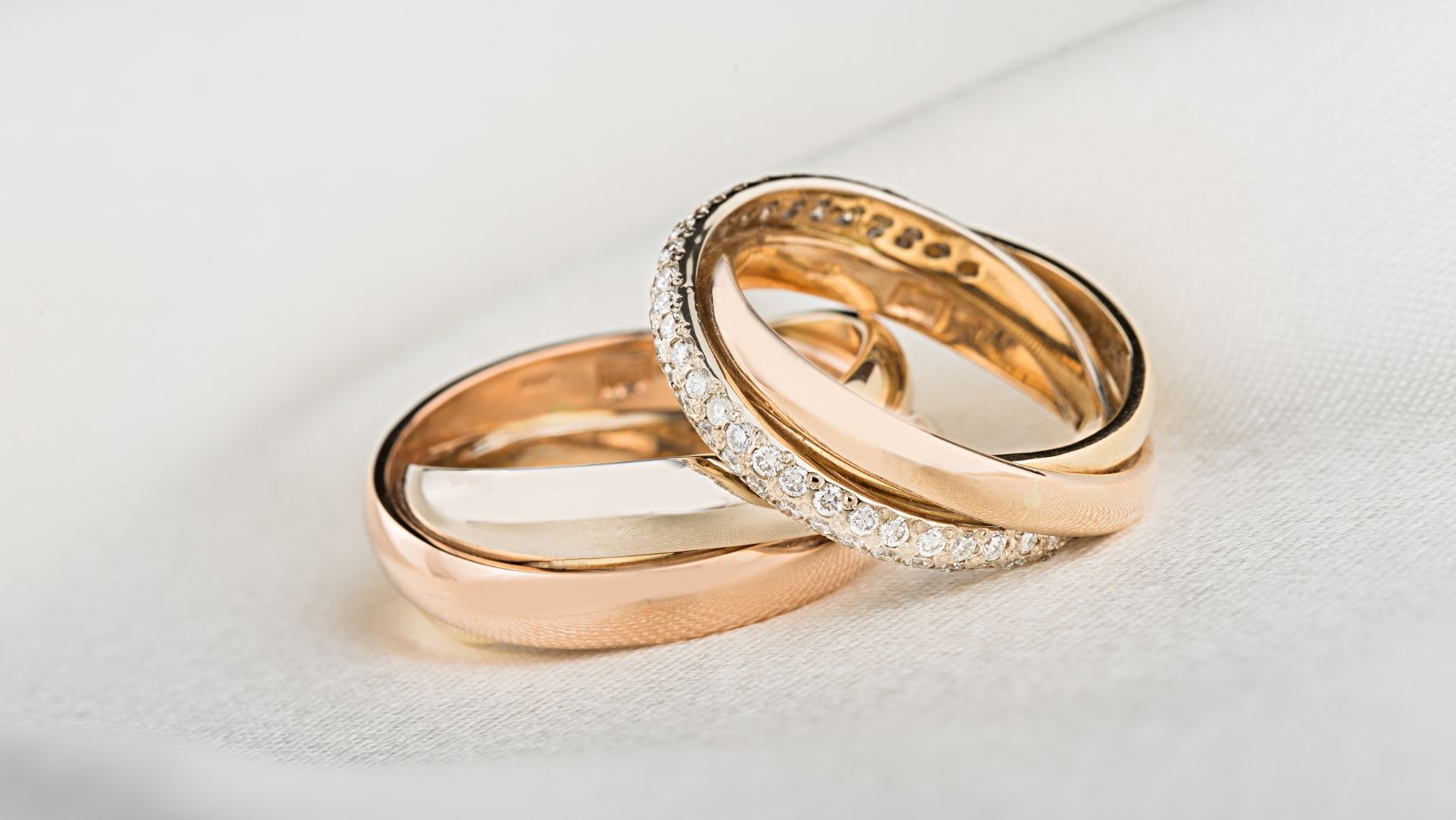
The allure of owning a custom trawler boat is undeniable. These vessels, designed for long-range cruising and comfortable living, offer a unique blend of luxury and functionality. However, the cost of building a custom trawler is a significant investment, and understanding the factors that influence the price tag is crucial.
In this article, we explore the intricate world of custom trawler boat construction, exploring the various elements that contribute to the overall cost.
Hull Material and Structure
The hull material is one of the most significant factors impacting the cost of a custom trawler boat. Common materials include fiberglass, steel, aluminum, and wood, each with unique advantages, drawbacks, and price points. Fiberglass is popular due to its durability, low maintenance, and moderate cost.
According to Architectural Digest, fiberglass offers superior temperature control, enhancing energy efficiency. Its glass base provides better insulation, which helps maintain indoor temperatures. This insulation also reduces noise, making fiberglass a valuable choice for those in loud environments.
Steel is strong and resilient, ideal for larger trawlers, but its weight and upkeep increase both construction and maintenance costs. Aluminum is lightweight and corrosion-resistant, ideal for fuel efficiency, though it’s generally more expensive upfront. Wood, while traditional and visually appealing, demands regular maintenance, which can be costly over time.
Selecting the right material influences upfront costs and affects the trawler’s longevity, fuel efficiency, and overall performance.
How Do Different Hull Materials Perform in Varying Weather Conditions?
Different hull materials offer distinct performance in various weather conditions. Steel excels in rough waters due to its durability, making it ideal for harsh environments. Fiberglass handles moderate conditions well, offering stability with low maintenance. Aluminum is lightweight and resists corrosion, performing efficiently, while wood requires extra care in adverse weather.
Size and Overall Dimensions of the Boat
The cost of a custom trawler is largely impacted by its size and overall dimensions. Larger vessels offer more space, amenities, and storage capacity but come with higher construction and maintenance costs. Smaller trawlers, on the other hand, are more affordable to build and operate but may compromise on living space and long-range cruising capabilities.
The beam, draft, and overall length of the boat also impact its performance and cost. A wider beam provides more stability and interior space but can limit maneuverability in narrow waterways. A deeper draft allows for better stability in rough seas but restricts access to shallow harbors.
Engine Type and Propulsion System
Common engine types include single or twin diesel engines, which offer the durability and fuel efficiency needed for long-distance cruising. Two-stroke diesel and dual-fuel engines are highly preferred for marine propulsion. They offer high efficiency, reliability, and flexibility. Two-stroke diesel engines are more thermally efficient, reducing fuel consumption, which is crucial in maritime operations due to high fuel costs.

Their lighter design and dual-fuel adaptability allow vessels to carry more cargo or achieve better speed and maneuverability. With fewer components that wear out, two-stroke engines and dual-fuel systems typically have longer lifespans, making them reliable choices for marine propulsion.
GetMyBoat notes that outboard engines are the go-to choice for powering small to medium boats. These engines are attached externally, making them simple to use and maintain. Outboards’ flexibility is one big benefit; they work well across various boat styles and sizes and come in multiple power levels. Known for their efficiency, outboards also boast an excellent balance between power and weight.
Diesel engines, known for endurance, are popular in trawlers but have higher upfront costs and more complex installation than gasoline engines. Also, choosing between traditional propellers and newer pod propulsion systems affects expenses. While pods offer better maneuverability and fuel efficiency, they come with higher installation and maintenance costs.
What are the Fuel Costs Associated with Different Engine Types?
Different engine types have distinct fuel costs. Diesel engines are more fuel-efficient and cost-effective per mile, making them ideal for long voyages. Gasoline engines, while cheaper initially, typically consume more fuel, leading to higher operational expenses. Also, hybrid or electric systems may offer lower fuel costs but often require higher upfront investments.
Interior Design and Finishes
Design choices and finishing touches infuse a trawler boat with character, comfort, and a sense of luxury. They can transform a functional vessel into a welcoming home on the water. For long-distance or liveaboard trawlers, many owners consider customization essential.
Customized finishes and unique interior layouts can substantially raise the cost. For example, choosing high-end materials like teak, marble, or leather boosts visual appeal but demands specialized labor. Thoughtfully designed interiors, however, add to the trawler’s comfort and increase its resale value.

Interior options for custom trawlers vary greatly, from simple, functional designs to luxurious setups with top-quality materials and custom furnishings. Owners can personalize wood finishes, countertops, upholstery, lighting, and layouts to suit their preferences. This level of customization allows the interior to reflect individual tastes and lifestyle requirements.
Designed to reflect your personal style, a custom boat offers a uniquely tailored ownership experience. North Pacific Yachts advises selecting a builder capable of customizing vessels to the highest quality standards. This ensures that your time on the water is both safe and enjoyable.
How do I Ensure My iInterior Choices are Seaworthy and Easy to Maintain?
Select marine-grade materials that withstand moisture, salt, and general wear for better durability. Use easy-to-clean, robust fabrics and avoid delicate surfaces susceptible to damage. Secure furnishings and choose mold-resistant finishes to ensure long-lasting, low-maintenance interiors ideal for life at sea.
Electronics, Navigation, and Safety Equipment
Equipping a custom trawler with reliable electronics, navigation, and safety equipment is crucial for both functionality and security at sea. Key components include radar, depth sounders, fish finders, and autopilot systems, all of which contribute to a safe and efficient cruising experience.
Similarly, a chartplotter is equally important. Marine Link explains that a chartplotter combines GPS data with electronic navigational charts to display a vessel’s position, heading, and speed. It can also integrate information from radar, AIS, or other sensors. This provides a comprehensive view of navigation data for safer sailing.
Safety equipment like life rafts, fire suppression systems, and EPIRBs is crucial for emergency preparedness but adds to the budget. Owners should allocate funds for these systems to ensure their reliability and compliance with safety standards. Proper safety equipment not only provides peace of mind but also boosts resale value.
Labor, Craftsmanship, and Project Management
Skilled artisans are essential to the cost of constructing a custom trawler, as they bring complex designs to fruition through their expertise. Quality craftsmanship ensures both durability and visual appeal with custom wood cabinetry, metal fittings, and specialized hull work. Such careful craftsmanship increases the vessel’s worth.
Project management is vital for keeping tasks, timelines, and resources on track, ensuring the build stays within budget. Skilled project managers anticipate and resolve delays, supply chain issues, and cost overruns, maintaining efficiency and transparency.
Customization and Additional Features
The overall cost of building a custom trawler is significantly influenced by personalized options and extra features. Personalizing a trawler with specialized interiors, advanced technology, and luxury amenities can greatly impact the overall budget. Customization options range from layout alterations to high-end finishes, entertainment systems, and gourmet kitchens.
Advanced features like stabilizers, underwater lighting, or integrated smart systems that monitor fuel usage or security can further drive up costs.
Navigating the Costs of a Custom Trawler Build
Building a custom trawler allows you to create a vessel tailored to your needs, from size to features. Costs vary based on materials, labor, and customization, so understanding these factors helps with budgeting and decision-making. With careful planning, balancing your priorities ensures a durable, efficient, and luxurious trawler built to last at a cost-effective price.




 Tyugokuyome, a term for Chinese brides in Japanese marriages, enriches the cultural landscape by blending diverse customs, much like a
Tyugokuyome, a term for Chinese brides in Japanese marriages, enriches the cultural landscape by blending diverse customs, much like a  Tyugokuyome narratives often encapsulate themes of resilience and adaptation. They highlight the individuals’ journey to balance personal and cultural identities. Stories reflect the fusion of traditional and modern values through marriage customs and rituals. These tales often portray the brides’ endeavors to assimilate into Japanese society while preserving their Chinese heritage, creating a compelling discourse on cultural interplay.
Tyugokuyome narratives often encapsulate themes of resilience and adaptation. They highlight the individuals’ journey to balance personal and cultural identities. Stories reflect the fusion of traditional and modern values through marriage customs and rituals. These tales often portray the brides’ endeavors to assimilate into Japanese society while preserving their Chinese heritage, creating a compelling discourse on cultural interplay. The phenomenon of tyugokuyome has inspired adaptations such as films, TV dramas, and novels. These adaptations often depict the cultural blending and interpersonal challenges within these marriages, resonating with diverse audiences.
The phenomenon of tyugokuyome has inspired adaptations such as films, TV dramas, and novels. These adaptations often depict the cultural blending and interpersonal challenges within these marriages, resonating with diverse audiences.
 Kihoylei.ru offers a rich blend of content that appeals to a broad audience, including content
Kihoylei.ru offers a rich blend of content that appeals to a broad audience, including content  Kihoylei.ru prioritizes intuitive navigation, allowing users to find content easily. Its menu structure is clear, featuring categories like tech, lifestyle, and culture. Accessibility is seamlessly integrated, ensuring compatibility with various devices and screen readers.
Kihoylei.ru prioritizes intuitive navigation, allowing users to find content easily. Its menu structure is clear, featuring categories like tech, lifestyle, and culture. Accessibility is seamlessly integrated, ensuring compatibility with various devices and screen readers.  Many users value the platform’s diverse content, such as tech trends and lifestyle tips, that caters to varied interests. The intuitive navigation system consistently garners praise for its simplicity and effectiveness in locating desired information. Users also commend the website’s modern design and accessibility across devices, which significantly enhance the overall browsing experience.
Many users value the platform’s diverse content, such as tech trends and lifestyle tips, that caters to varied interests. The intuitive navigation system consistently garners praise for its simplicity and effectiveness in locating desired information. Users also commend the website’s modern design and accessibility across devices, which significantly enhance the overall browsing experience.

 FamousParenting.com serves as a trusted hub for parents seeking guidance and support, featuring a wide array of articles that cover pivotal parenting topics such as effective discipline strategies, balanced nutrition, and emotional well-being. The website stands out for its combination of expert insights and user-generated stories, which offer a deep understanding of both the challenges and joys in parenting. Additionally, for those interested in exploring more niche discussions around parenting, provides a unique perspective on the intersection of family life and personal identity.
FamousParenting.com serves as a trusted hub for parents seeking guidance and support, featuring a wide array of articles that cover pivotal parenting topics such as effective discipline strategies, balanced nutrition, and emotional well-being. The website stands out for its combination of expert insights and user-generated stories, which offer a deep understanding of both the challenges and joys in parenting. Additionally, for those interested in exploring more niche discussions around parenting, provides a unique perspective on the intersection of family life and personal identity. Website navigation on FamousParenting.com is seamless, allowing easy access to a wealth of parenting resources. The main menu organizes content into clear categories like child development and family activities, simplifying the search for information. Users find handy search features that enhance the user experience. Navigation bars and dropdown menus ensure efficient browsing. Key sections like expert tips and personal stories are just a click away, making it easier for parents to find relevant guidance.
Website navigation on FamousParenting.com is seamless, allowing easy access to a wealth of parenting resources. The main menu organizes content into clear categories like child development and family activities, simplifying the search for information. Users find handy search features that enhance the user experience. Navigation bars and dropdown menus ensure efficient browsing. Key sections like expert tips and personal stories are just a click away, making it easier for parents to find relevant guidance. Forums on FamousParenting.com offer dynamic spaces for parents to engage in meaningful discussions. The platform facilitates an exchange of parenting advice and personal stories, which supports a collaborative atmosphere. Users create topics ranging from sleep training to nutrition, providing valuable insights for parents at every stage. The moderated environment ensures respectful and constructive dialogue, enhancing the user experience and fostering a positive community.
Forums on FamousParenting.com offer dynamic spaces for parents to engage in meaningful discussions. The platform facilitates an exchange of parenting advice and personal stories, which supports a collaborative atmosphere. Users create topics ranging from sleep training to nutrition, providing valuable insights for parents at every stage. The moderated environment ensures respectful and constructive dialogue, enhancing the user experience and fostering a positive community.





































